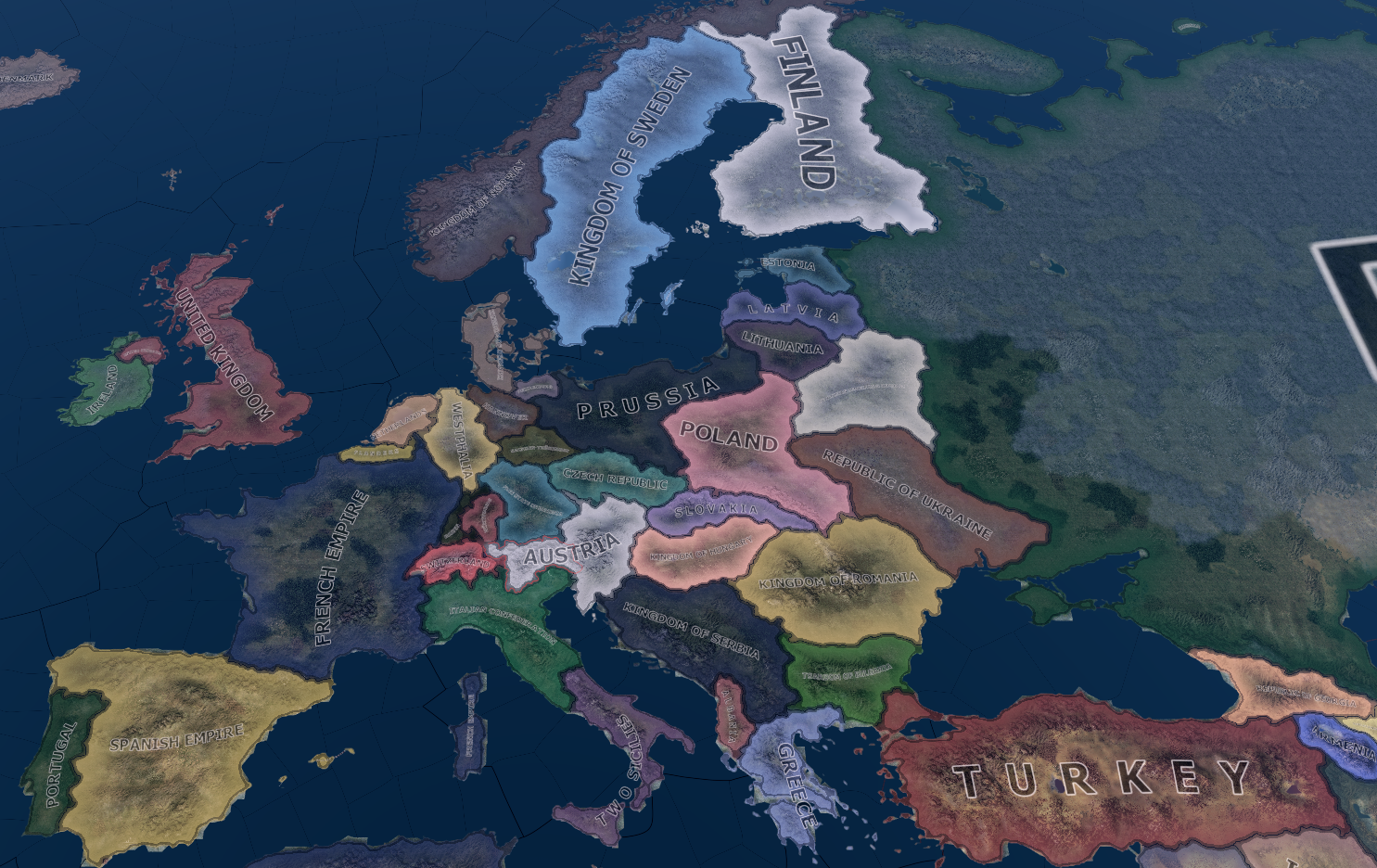
The Manchukuoan foreign affairs representative lodged a verbal protest with the Soviet consul at Suifenho. In the ensuing clash, 2 Japanese and 4 Manchukuoan soldiers were killed, and another 5 were wounded. The Soviets opened fire on them with rifles and 5 heavy machine guns. In October 1935, 9 Japanese and 32 Manchukuoan border guards were engaged in setting up a post, about 20 kilometers north of Suifenho, when they were attacked by a force of 50 Soviet soldiers. While the Japanese asked the Soviets for a joint investigation of the issue, the Soviets rejected the request. In the ensuring firefight, one Soviet soldier was killed, and two horses were captured. In June 1935, the Japanese and Soviets directly exchanged fire for the first time when an 11-man Japanese patrol west of Lake Khanka was attacked by 6 Soviet horsemen, supposedly inside Manchukuoan territory. Two motorized cavalry companies, a machine gun company, and a tankette platoon were sent and occupied the point for three weeks without resistance. The Mongols suffered no casualties, and withdrew when the Japanese sent a punitive expedition to reclaim the disputed area. The Manchukuo Army incurred slight casualties, suffering 6 wounded and 2 dead, including the Japanese officer. Several dozen cavalrymen of the Mongolian People's Army trespassed in Manchuria near some disputed fishing grounds, and engaged an 11-man Manchukuo Imperial Army patrol unit near the Buddhist temple at Halhamiao, which was led by a Japanese military advisor. On 8 January 1935, the first armed clash, the Halhamiao incident ( 哈爾哈廟事件, Haruhabyō jiken), occurred on the border between Mongolia and Manchukuo. From then until April 1939, the Imperial Japanese Army recorded 108 such incidents. In early 1935, the first shooting affray took place. To make matters worse, Soviet-Japanese diplomacy and trust had declined even further, with the Japanese being openly called " fascist enemies" at the Seventh Comintern Congress in July 1935.

Hundreds of other violations were reported by both sides throughout the following years.

The Soviets blamed the Japanese for 15 cases of border violation, 6 air intrusions, and 20 episodes of "spy smuggling" in 1933 alone. Between 19, according to the Imperial Japanese Army, 152 border disputes occurred, largely because the Soviets infilitrated Manchuria for intelligence purposes. Many of them were misunderstandings due to insufficiently marked nature of the border, but some were intentional acts of espionage. Following Japanese invasion of Manchuria in 1931-1932, violations of the borders between Manchukuo, the Mongolian People's Republic and the Soviet Union took place frequently. Following Siberian intervention in the Russian Civil War in the Russian Far East from 1918-1922 the Imperial Japanese Army were helping the White Army against the Red Army and the Czechoslovak Legion in Siberia in 1918-1920 when a Armoured Train from Austria-Hungary from Europe got lost in Siberia in Russia in 1918. The Russo-Japanese War of 1904-1905 was before World War 1 in 1914 when the Empire of Japan led by Emperor Meiji and the Russian Empire led by Tsar Nicholas II resulted the Imperial Russian Navy defeated by the Imperial Japanese Navy in 1905.

The Soviet–Japanese border conflicts heavily contributed to the signing of the Soviet–Japanese Neutrality Pact in 1941.
#Mongolian fascist party in hearts of iron 5 series#
The Soviets and Japanese, including their respective client states of Mongolia and Manchukuo, fought in a series of escalating small border skirmishes and punitive expeditions from 1935 until Soviet-Mongolian victory over the Japanese in the Battles of Khalkhin Gol in 1939 which resolved the dispute and returned the borders to status quo ante bellum.

This led to growing tensions with the Soviet Union, with both sides often violating the border and accusing each other of border violations. Japanese expansion in the Northeast China created a common border between the Japanese occupied ground and Soviet Far East. The Soviet–Japanese border conflicts, (romanized: Russian: Советско-Японские Пограничные Конфликты/ Mongolian : Зовлолт-Японы Хилийн Морголдоонууд/ Japanese: 日ソ国境戦争/Korean: 소련-일본국경분쟁) also known as the Soviet-Japanese Border War, was a series of minor and major conflicts fought between the Soviet Union (led by Joseph Stalin), Mongolia (led by Khorloogiin Choibalsan) and Japan (led by Hirohito) in Northeast Asia from 1932 to 1939.


 0 kommentar(er)
0 kommentar(er)
